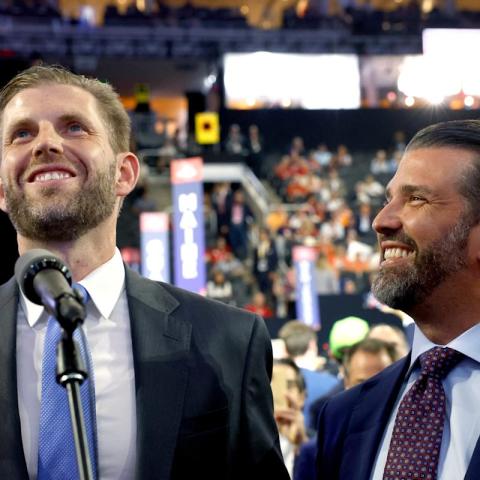President Donald Trump recently hinted at a $500 million agreement with Harvard University focused on trade schools. This comes after months of intense negotiations and ongoing clashes between the Trump administration and the university.
During an Oval Office event, Trump mentioned to Education Secretary Linda McMahon, “I guess we reached a deal with Harvard today.” He added that the administration is close to wrapping things up.
Harvard and the White House have been working towards a significant deal that could restore federal funding and resolve lawsuits filed by the university against the administration. Trump has been firm, stating he wants Harvard to settle for $500 million. He described the deal as involving trade schools operated by Harvard, where students could learn skills like artificial intelligence and engineering.
This initiative marks a big investment in vocational education, which seems to reflect a shift in priorities. In recent years, there’s been growing interest in trade skills, especially as the job market evolves. According to a 2021 report from the U.S. Bureau of Labor Statistics, vocational training programs have become essential to filling gaps in industries needing skilled workers.
However, Harvard recently won a federal court ruling that restored over $2 billion in funding that had been frozen, showcasing the back-and-forth tensions between elite institutions and the federal government. This conflict is not just about funding; it’s part of a broader discussion on free speech and academic freedom on campuses. Harvard, along with other universities, is finding itself at the center of this debate.
Interestingly, many other universities have opted for a less confrontational route. For instance, in July, Columbia University agreed to pay a $200 million settlement to restore its federal funding, showcasing a different strategy compared to Harvard’s.
As negotiations continue, the landscape of higher education funding—and the relationship between universities and the government—remains a hot topic. Institutions must balance their mission with the pressures of federal oversight, which can shape their future directions.
For more information on the ongoing interactions between Harvard and government entities, you might want to check out this report from HHS regarding their actions against the university.






















